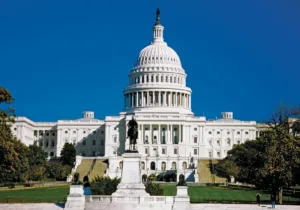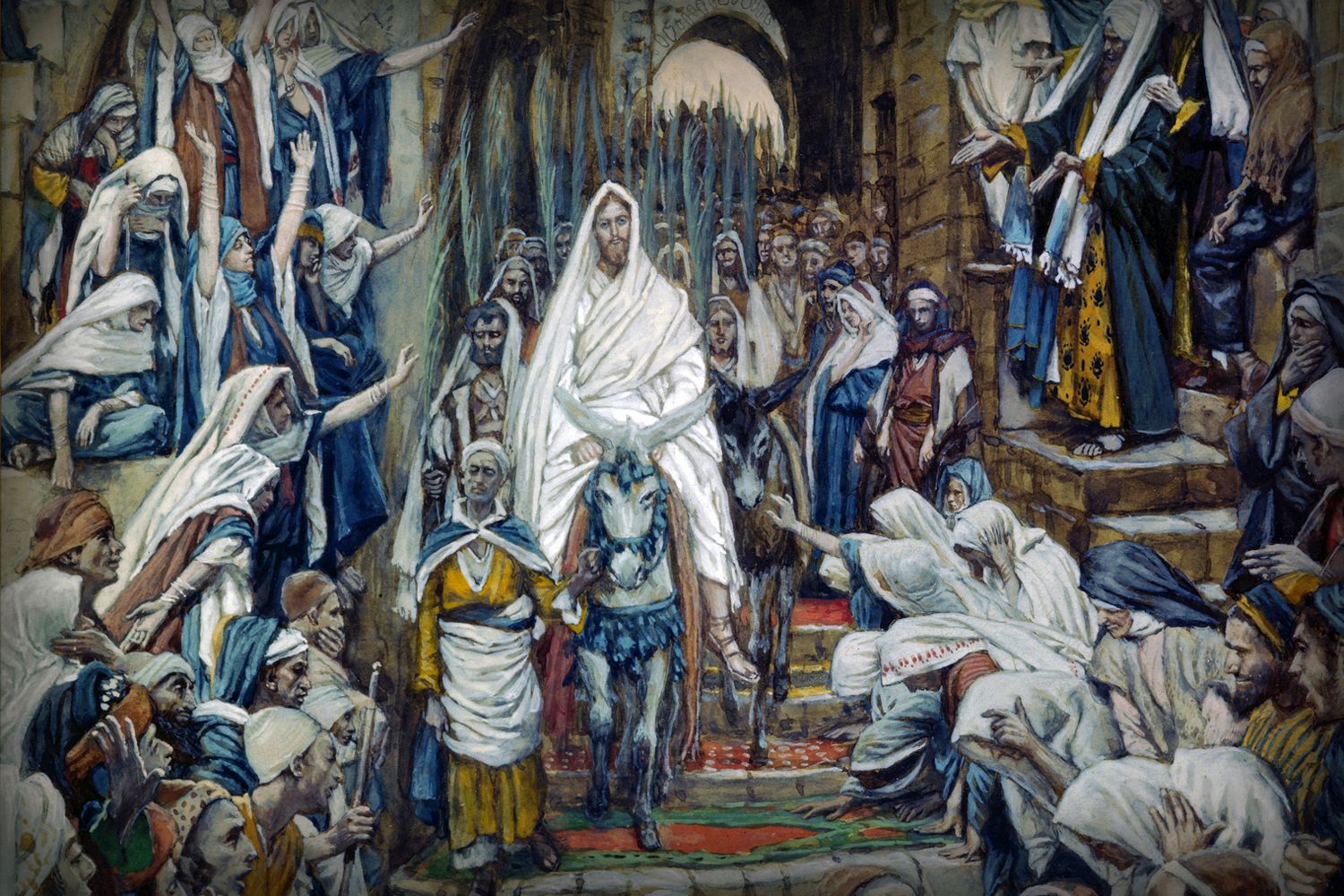The Treaty of Versailles, which ended World War I, was signed one hundred years ago this week. What is often forgotten is that this treaty—or better yet, set of treaties—did recognize and advance, albeit in a limited way, the religious freedom of average citizens.
Most people think that World War I ended with a single Treaty of Versailles, signed by all members of the Entente, imposing war guilt and reparations on Germany and resulting in Germany’s economic implosion in the 1920s, to the satisfaction of all its enemies. This state of affairs, the tale continues, resulted in German resentment, the rise of Hitler and his Nazi Party, and ultimately a second world war. This tale is not exactly false, but it is simplistic to the point of being misleading. There was not a single treaty, but a set of individual peace treaties directed at each of the Central powers (Germany, Austria, Hungary, Bulgaria, and the Ottoman Empire).[1] Each of these treaties included in its text the Charter of the League of Nations, so the US government ultimately did not ratify any of them. Instead, it unilaterally declared an end to the war in the Knox-Porter Resolution (1921) and signed thin bilateral peace treaties with Germany, Austria, and Hungary in 1921. Moreover, although it is left out of most history books, there was an effort to hold senior leaders, such as Kaiser Wilhelm II, accountable via war crimes tribunals (e.g., Leipzig Trials), and the Dawes Plan brought US financial assistance to Germany in the 1920s so that Berlin could pay war reparations to Britain and France.
Again, there was no single treaty that ended World War I, but because the most important treaty was signed by the Allied powers with Germany at Versailles, and because the text of each of the other treaties was for the most part identical, historians speak of “Versailles” to mean not only the treaty with Germany but also those with the other Central powers. Recall that World War I began with the Austro-Hungarian Empire going to war against Serbia, and Vienna’s ally, Germany, joined the fray immediately and enthusiastically. Bulgaria and the Ottoman Empire later joined the Central powers as well. At war’s end, the Ottoman Empire lost significant territory in the Treaty of Sevres (1920);[2] Austria was split from Hungary to become a landlocked, minor country (Treaties of Saint-Geneve-en-Lope and Trianon), and Bulgaria had its own treaty (Neuilly-sur-Seine).[3] The Russian Empire had already fallen a year before to Vladimir Lenin and his Communists. Germany and its allies lost nearly all of their overseas colonies (e.g., in Africa). Millions of people found themselves living, happily or unhappily, in newly created countries, such as Romania, or under a new colonial overlord (e.g., the Middle Eastern “mandates” of Britain and France).
Woodrow Wilson’s vision, embodied in the Versailles Treaty, for the self-determination of national groups is well-known. Wilson’s Fourteen Points speech concluded:
An evident principle runs through the whole program I have outlined. It is the principle of justice to all peoples and nationalities, and their right to live on equal terms of liberty and safety with one another, whether they be strong or weak.
But, how is such self-determination to occur? That was a quandary at the time, solved in some cases by creating or recreating countries, such as Romania or the Kingdom of Serbia. But tens of millions of people were going to be ethnic and religious minorities within their polities. What would protect them? In the case of the former Ottoman Empire, Wilson elaborated a principle of “undoubted security of life and an absolutely unmolested opportunity of autonomous development” for individuals and their communities.
Furthermore, the Versailles Treaty called for the protection of minority rights, including religious freedom. For instance, in the articles on a revitalized Poland the new Czech-Slovak states, the following is guaranteed:
Poland accepts and agrees to embody in a Treaty with the Principal Allied and Associated Powers such provisions as may be deemed necessary by the said Powers to protect the interests of inhabitants of Poland who differ from the majority of the population in race, language or religion.
As the victorious powers were taking over numerous German and Ottoman territories as “mandates,” they were responsible to provide the rule of law that protected religion:
Other peoples, especially those of Central Africa, are at such a stage that the Mandatory must be responsible for the administration of the territory under conditions which will guarantee freedom of conscience and religion, subject only to the maintenance of public order and morals, the prohibition of abuses such as the slave trade, the arms traffic and the liquor traffic.
And hidden in the details of the various treaties was the restoration of various cultural and religious artifacts, including the return of religious art, a Holy Qur’an to the Arab Hedjaz, and a skull to its original owner.[4] Such cultural protections have become an important issue today, particularly in the wake of the Islamic State’s destruction of religious sites in recent years.
In sum, as we reflect this week on the meanings and legacy of the Versailles Treaty, it is worth contemplating what the rest of the twentieth century would have looked like if the world, and Europe in particular, had taken seriously these commitments to individual rights and religious freedom. Because so many ethno-national groups in Eurasia were defined religio-culturally, such identities were the natural levers for advocacy, political cleavage, mobilization, and, sadly, persecution from World War II through the Balkan wars of the 1990s. As we look ahead to the future, robust policies that protect and advance religious freedom—in all its dimensions—may be precisely what is needed to lower tensions between communities, marginalize terrorists, promote common good-oriented policies, undergird human rights, and encourage human flourishing.
Eric Patterson, PhD, is executive vice president of the Religious Freedom Institute, a contributing editor to Providence, and a scholar-at-large at Regent University.
Photo Credit: A large crowd gathers to witness the signing of the peace terms. By unknown photographer, via Woodrow Wilson Presidential Library.
[1] The Russian Empire collapsed in 1917, and Moscow signed its own treaty with ascendant Germany at the time, the Treaty of Brest-Litvosk.
[2] The Ottoman Empire lost huge amounts of territory; the rise of a nationalist faction in the military led by Kemal Atatürk revived Turkish fortunes, resulting in the birth of a modern Turkish state and the end of the sultanate a few years later. This resulted in the Treaty of Sevres becoming almost instantly obsolete and being superseded by the Treaty of Lausanne in 1923.
[3] The names of the treaties typically derive from the suburb of Paris where they were signed.
[4] Greenfield, Jeanette. The Return of Cultural Treasures (Cambridge: Cambridge University Press, 1996), 280-281.






